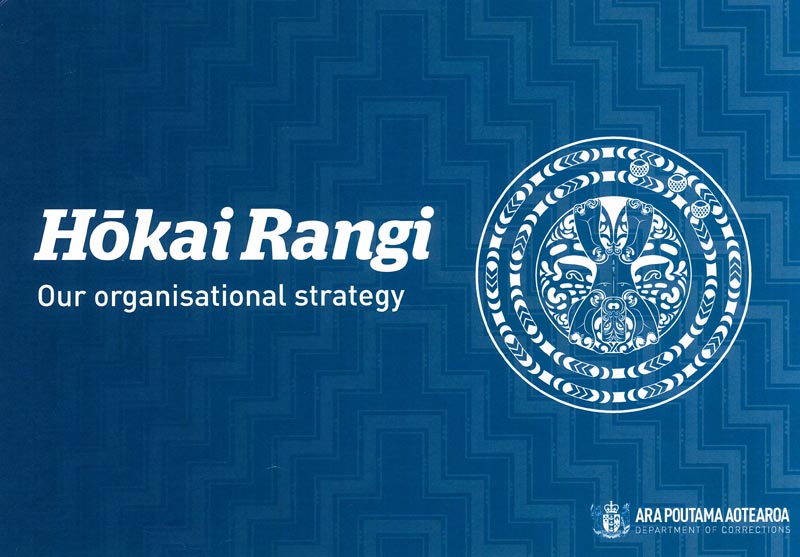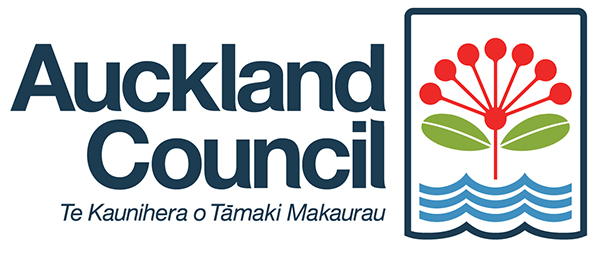 Whakapapa is not just a list of names or a diagram on a wall. It is a living relationship that connects us to our ancestors, to place and to one another.
Whakapapa is not just a list of names or a diagram on a wall. It is a living relationship that connects us to our ancestors, to place and to one another.
In the context of rehabilitation for people in prison, whakapapa – our genealogy and history – offers a way back to belonging. It helps people remember who they are, not just what they have done.
This kind of remembering can be transformational but only when it’s approached with care. Reflecting on our own whakapapa can help us understand how better to support others. Personal engagement brings depth and integrity to the process.
“Whakapapa can be the beginning of healing and wellbeing”
Whakapapa is not a cultural extra but a foundation for rehabilitation. Ara Poutama Aotearoa’s Hōkai Rangi Strategy says that “whakapapa can be the beginning of healing and wellbeing” (p19). It makes it clear that whakapapa is central to wellbeing and rehabilitation, acknowledging the need for Corrections staff to create a safe environment for Māori to share and learn about their identity.
 With whakapapa a deliverable of Hōkai Rangi, our Arts in Corrections sector has a powerful opportunity to support men and women in prison so they can heal, achieve wellbeing and, ultimately, be rehabilitated.
With whakapapa a deliverable of Hōkai Rangi, our Arts in Corrections sector has a powerful opportunity to support men and women in prison so they can heal, achieve wellbeing and, ultimately, be rehabilitated.
So why the Arts in Corrections sector? Because this is our space – a space where arts and culture are intertwined, particularly in te ao Māori. As artists, we are storytellers. Through visual arts, weaving, music, theatre, carving, and the written and spoken word, we have the tools for people to explore and express their whakapapa.
It’s a journey that we are better placed to support in other people if we ourselves have taken steps along the road. Engaging with your whakapapa, your lineage, means learning not only where you come from but what your people have overcome, their strengths and sorrows.
Exploring the creative practices of your ancestors
I recommend you begin by building your own family tree. Find out who your people are and where they are from. Go beyond names. Explore the creative practices of your ancestors. What did they make, grow or pass down? Look to the pre-industrial arts and crafts of your heritage. These may include weaving, carving, textiles, metalwork or oral traditions.
This is the principle of tuku iho – what is handed down. It is more than inheritance. It is responsibility. It is about receiving with care and passing forward with integrity.
If you are Irish, it might mean exploring illuminated manuscripts or traditional spinning. If you are Danish, you might explore Viking carving or rune work. If you are Scottish, it could mean Highland weaving or clan craft.
And if you whakapapa to Ngāi Tahu, you might explore mahinga kai (traditional food gathering) or stories of migration through Te Waipounamu.
This work is deeply personal and it cannot be rushed. It may arrive quietly. It may take time. When someone reconnects with their whakapapa, they often carry themselves with greater certainty. They may express themselves with more clarity and their sense of purpose may deepen.
Opening a doorway to something deeper
That shift can support healing – not because it fixes anything but because it opens a doorway to something deeper.
As Arts in Corrections educators, our role is to create space where participants feel safe to explore their whakapapa. It’s not our role to explain it for them. Never assume what someone knows or does not know, and never pressure them to share. Some may view whakapapa as tapu, too sacred or not appropriate to speak about in a group setting.
Participants may choose to talk about how whakapapa influences their creativity rather than speak to it directly. Always be respectful, never demanding. Accept people where they are. They are the steerers of their own waka.
The impact when you explore your whakapapa
I believe that when someone explores their whakapapa in a creative environment, the effects ripple outwards. Confidence grows, reflection deepens and decisions change. In a system that can reduce people to what they have done, whakapapa offers a different truth. You are part of something greater. You are not alone. You are not nothing and that is powerful. That can be the beginning of oranga (wellbeing).
Research shows that creative engagement with identity fosters transformation and self-confidence, helping participants shift how they see themselves and their place in the world.
Rather than instructing, we can lead by example. By engaging with our own whakapapa, we create grounded, open spaces for others. It doesn’t need to be perfect. What matters is that it’s real. What matters is that we begin with integrity and heart.
I encourage you to read Te Kāhui a potent tool to heal and grow, a kaupapa working "for rangatahi, by rangatahi" and providing young people with skills, space and support to find their voice and gain confidence through poetry, spoken word, rap and prose writing.
Its Co-manager, Ruby Macomber, says: “The act of telling your story through spoken or written words helps us affirm our mana, recount our whakapapa and connect us with others. For us as a team, writing has been life-changing. So now, it’s a blessing to be able to help others explore their identity too by sharing our skills, running workshops and offering mentorship.”



